Longtime NRELian Arthur Nozik Elected Member of American Academy of Arts and Sciences
Nozik Joins Prestigious List of Members That Includes Jane Goodall, Albert Einstein, and Martin Luther King Jr.
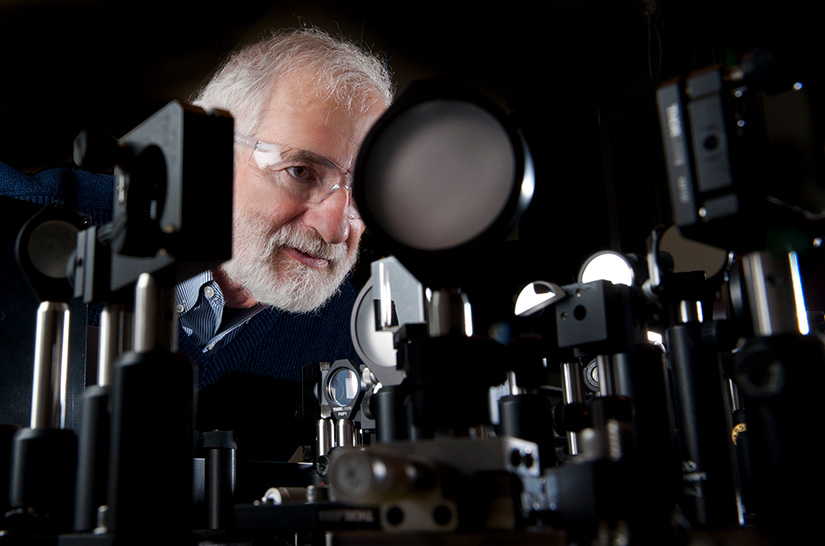
Arthur J. Nozik has been in the company of stars his whole life. As a senior research fellow emeritus at the National Renewable Energy Laboratory (NREL), a research professor emeritus in the University of Colorado (CU) Boulder’s Department of Chemistry, and a research fellow emeritus at the joint NREL-CU Renewable and Sustainable Energy Institute (RASEI), he investigates methods to turn photons from our solar system’s star into fuels, chemicals, and electricity.
It seems entirely appropriate that Nozik was recently elected as a 2024 member of the American Academy of Arts and Sciences (the Academy), where intellectual and artistic superstars loom large to advance the common good.
The Academy was founded in 1780 “to help a young nation face its challenges through shared purpose, knowledge, and ideas.” As a member of the 2024 class, Arthur joins a legacy of fellow luminaries, including Carl Sagan, Jane Goodall, Martin Luther King Jr., Margaret Mead, Jonas Salk, Charles Darwin, Albert Einstein, John Adams, George Washington, and Benjamin Franklin.
A prestigious award like this tends to happen because of complete devotion to a craft. Yet, any successful career sustained over numerous decades begins with the simplicity of a dream—in Nozik’s case, a dream built upon great sacrifice.
Sacrifices To Make Dreams Become Reality
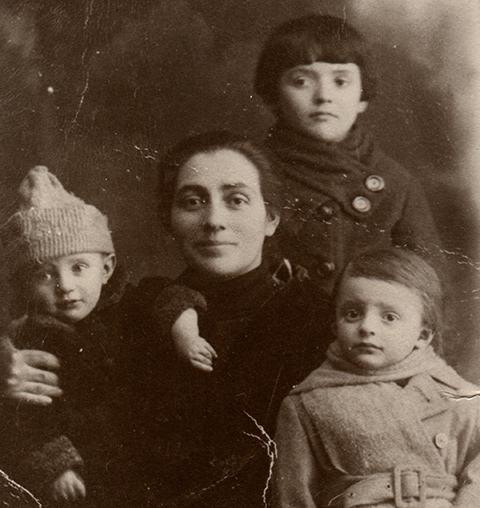
Nozik is especially gratified by the recognition and said that Academy membership is like fulfilling the American dream, not only for himself but for his mother as well.
His mother, Lillian Nozik, was a Russian Jew, and in 1920, with three children in tow, she departed suddenly to avoid a life-threatening Russian pogrom. Her goal? To emigrate to the United States to meet Arthur’s father, who had emigrated earlier to make money to bring his family to America.
As she made the dangerous journey across Europe, Lillian was labeled an “illegal immigrant” and was imprisoned in many refugee camps with threats of being sent back to certain death in Russia. With refugee assistance by local Hebrew groups, she finally made it to America after a two-year journey. She eventually acquired American citizenship after many years in night school.
“Those sacrifices my mother made, and her determination in the face of such cruelty, stayed with me throughout my own life as I began to formulate as well as work toward my dream of being a successful scientist,” Nozik said. “Membership in the Academy to me represents one of the manifestations of success in realizing the American dream, and without my mother’s great sacrifice, it would not have been possible.”
The Seeds of Science Germinate in a Fertile Young Mind
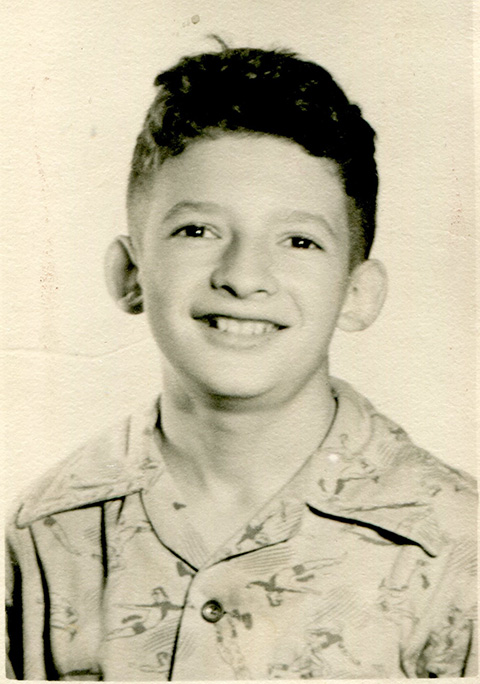
“Hearing about these events as a young boy completely shaped my outlook on life,” Nozik said. “Essentially, it’s to be thankful for today with what you have now, because you never know what’s around the corner.”
With Nozik’s mother supporting the local war effort by day, he was placed in Hebrew school prior to kindergarten. This is where Nozik’s passion for learning began to take root. His teachers—known as “rebbes”—instilled in him the value and joy of learning with a laser-like focus on the exploration of complex questions.
Although Arthur would eventually drift away from his rebbes’ religious focus, the rigorous pursuit of knowledge fostered by his teachers left a lasting impression.
“One of my rebbes relayed a story about the night before when he sat down to study the Talmud. He had become so engrossed in the text that when he finally looked up, the sun was rising. The whole night disappeared without him noticing,” Nozik said. “This struck me as profound. Becoming so engrossed in an intellectual pursuit as to lose track of time is something that greatly appealed to me.”
Nozik can track his embrace of science as his intellectual pursuit and dream back to the year 1945, when he was just 9 years old. A catalyst for this dream was the impact of his rebbes. Yet there was also awe, fascination, and dismay regarding the dramatic news accounts of the race to split the atom and its subsequent use as a bomb in Hiroshima and Nagasaki.
Laying the Foundation of Science Education and Experience
Nozik graduated high school in 1953 with his mind set on pursuing the best possible higher education. He worked picking tobacco as a 14-year-old in the Connecticut tobacco fields and while in high school drove an ice cream truck to save money for college. He received his bachelor’s degree in chemical engineering (a five-year program) from Cornell University in 1959.
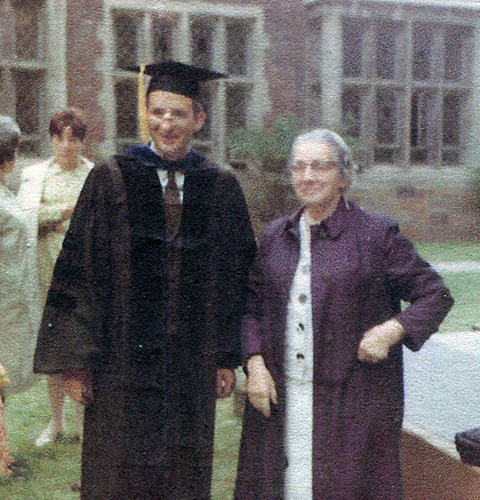
“Cornell was an exhilarating experience for the education, challenge, and intellectual stimulation as well as the fact that in my senior year I married my high school sweetheart and lovely wife, Rhoda,” Nozik said. “After graduation, I accepted a position doing engineering research on rocket propellants in the aerospace industry but soon realized that I preferred basic science to engineering.”
Nozik enrolled in a Ph.D. program at Yale in physical chemistry in 1960. However, with the birth of his first child in 1961, he paused his education to generate income as a chemical engineer at the American Cyanamid Company (Cyanamid).
He won a company education scholarship and returned to Yale in 1964, and in 1966, he and Rhoda welcomed their second child into the world. In 1967, Arthur graduated with his Ph.D. in physical chemistry.
Out of gratitude for the scholarship money, Nozik returned to Cyanamid, where he began to build a foundation for becoming a career scientist.
In the early 1970s, while researching titanium dioxide (TiO2) using Mössbauer spectroscopy, Nozik first realized that photoexcitation of this semiconductor electrode could oxidize adsorbed aqueous molecular species (like Fe3+) with high positive redox potentials. This coincided with the famous 1972 Fujishima-Honda Nature paper, which raised the possibility that water could be photolytically split into hydrogen and oxygen using semiconductors and sunlight.
This new approach to solar energy conversion and solar hydrogen production, known as photoelectrochemistry, would become a strong and vibrant international research field with the impending energy crisis beginning in 1973.
Nozik joined the Materials Science Center at Allied Chemical Corporation in 1974, where he began to dive deeper into photoelectrochemistry research. In 1978, he introduced the concept of photochemical (aka photoelectrochemical) diodes, an artificial photosynthesis concept still being actively pursued at NREL and other research institutes around the world.
That same year, Nozik and a colleague proposed the possibility that photogenerated high-energy electrons—also known as hot electrons—could be efficiently produced and used to generate electricity or split water to produce cleaner fuel from solar energy.
A 46-Year Journey at NREL: From Senior Scientist to Senior Research Fellow Emeritus
In response to the oil crisis, President Jimmy Carter signed legislation in 1977 to establish the Solar Energy Research Institute (SERI), which later became NREL, to explore the role of renewable solar energy in meeting future U.S. energy requirements.
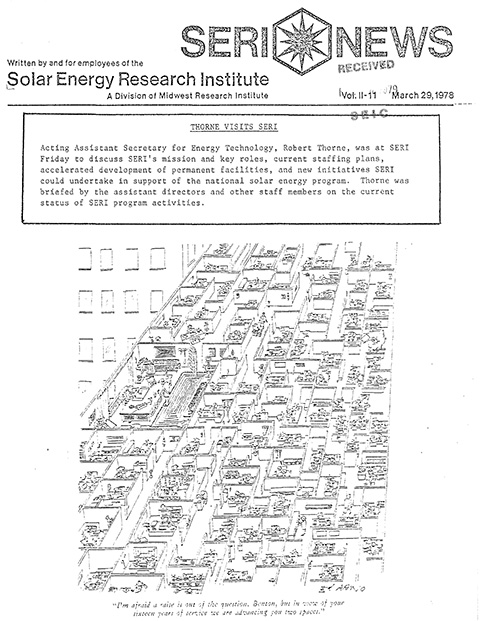
In March 1978, while still at Allied Chemical Corporation, Nozik visited SERI and presented a research seminar titled “Solar Energy Conversion via Photoelectrochemistry.” Later that year Nozik joined SERI as a senior scientist to continue working on solar conversion technology to compete with fossil-fuel-produced electricity or fuel.
“This new institute in Colorado interested me because I had been working on basic energy science related to solar energy for several years,” Nozik said. “Joining SERI would allow me to continue to drive efficiencies on novel solar photon conversion approaches, including hot electron processes.”
And drive solar efficiencies he did. In 1982, Nozik’s team showed that by harvesting the high energy of hot electrons (typically wasted as heat), solar energy conversion efficiencies could be as high as 66%. This is twice the limiting theoretical efficiency proposed by Shockley and Queisser in 1961 that applies to all present-day solar cells.
To advance the possibility of hot electron photoconversion, Nozik, selected in 1983 to be one of the original two SERI/NREL senior research fellows, pursued quantum confinement in semiconductor systems, where the motion of particles is restricted to one, two, or three dimensions (labeled quantum films [1D confinement], quantum wires [2D confinement], and quantum dots [3D confinement]). Experimentally, Nozik first verified quantization effects in one-dimensional films, and then in 1985, his team reported three-dimensional size-quantization effects in small colloidal semiconductor nanocrystals (aka quantum dots or QD).
Nozik and the NREL team (present NREL members are mentioned below) set out to measure the hot-electron cooling rate, first in bulk semiconductors, quantum films, and superlattices and then in quantum dots. (In 2023, three of Nozik’s colleagues outside NREL won the Nobel Prize in Chemistry for quantum dot science.)
In the 1990s, NREL built a state-of-the-art ultrafast time-resolved spectrometer. Nozik and his team observed electron temperatures as a function of time and provided a cooling curve for hot electrons.
In 2002, Nozik proposed the concept of multiple exciton generation (MEG) in quantum dots and other nanostructures, which essentially involves generating two or more electrons per absorbed photon and can considerably increase the power conversion efficiency of nanocrystal-based solar cells for photovoltaics and solar fuels.
Year after year at NREL, Nozik and his NREL team continued churning out research in the lab that demonstrated increases in solar conversion efficiency at the nanoscale by learning how to extract more electric current out of light.
Childhood Dreams Culminating in the Honor of a Lifetime
Nozik has remained grateful and humble, quietly advancing the field of photoelectrochemistry by fully embracing his boyhood dream.
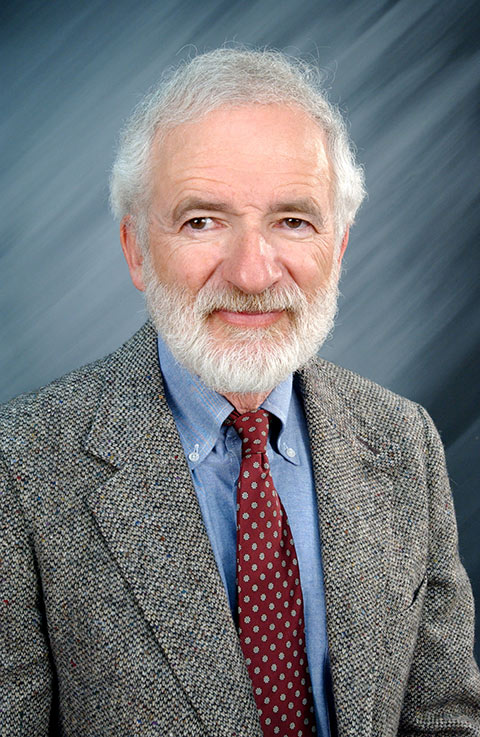
Throughout his NREL career, Nozik has managed and mentored a large group of scientists engaged in basic and applied research on the direct photoconversion of light into solar fuels, chemicals, and electricity and the optical and electronic properties and applications of nanostructures.
Nozik’s team included current NREL quantum effects researchers Matthew Beard, Joey Luther, Jeff Blackburn, Justin Johnson, Marissa Martinez, Nate Neale, Doug Arent, and Garry Rumbles.
NREL Senior Research Fellow Matthew Beard—who has worked closely with Nozik at NREL over the last two decades—provided a glimpse into the reasons for this honor of a lifetime.
“The election of Arthur Nozik to the American Academy of Arts and Sciences is more than well deserved and frankly past due. Art has, for the past 45 years, defined NREL science and represents the best of what NREL has to offer,” Beard said. “I came to NREL to work with Art in 2003 and consider myself fortunate to have learned from and collaborated with him. Art’s vision and commitment to the highest levels of scientific inquiry has always been an inspiration to me as well as to the many young scientists who have worked with Art over the years. But of more importance is his kindness and friendship, which will have the most lasting impact. I congratulate him on his election to the Academy and wish him and his wife Rhoda all the best.”
Induction ceremonies for new Academy members will take place in Cambridge, Massachusetts, in September 2024.
Learn more about NREL’s materials, chemical, and computational science research.

